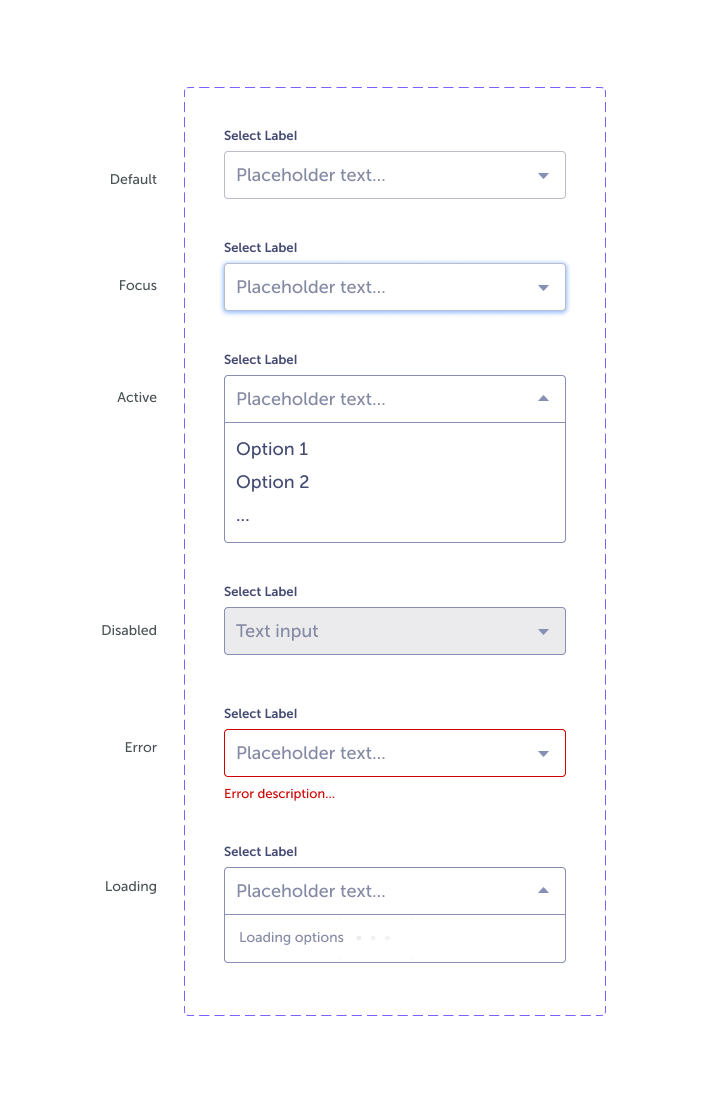

Let’s explore how it can reduce the time and effort needed to create interactions for your mock-ups. That bothers me a lot because each time I want to show a developer how the hover effect looks like, I have to fix the content again. Interactive Components in Figma allows designers to create a component with states (hover, active, clicked, focus) and make it interactive so that every copy of the component will inherit those same interactions by default. This is a huge benefit because it cuts down the number of components you need to create and makes it easy for anyone working with. The problem with the second one is that if I do two states, default and hover, and change the variant in the right panel, its content overrides. Jeremy Osborn: Variants are a feature in Figma that allow anyone to add a component to a page, browse through multiple variations, and then choose the one they want. The problem with the first one is that whenever I want to change something globally, I have to do it manually for all variants. This way whatever I do on the first one will reflect on the other as well. They are now independent and if I change something in the first one it won’t reflect on the other.Įxample 2: I create a button, convert it to a component, then copy that button and make a variant out of it (so that the button instance is inside the newly created component - variant). I’m wondering what’s your go-to workflow when working with variants.Įxample 1: I create a button, convert it to a component, and then create another one that’s a standalone component, and combine them as variants.


 0 kommentar(er)
0 kommentar(er)
